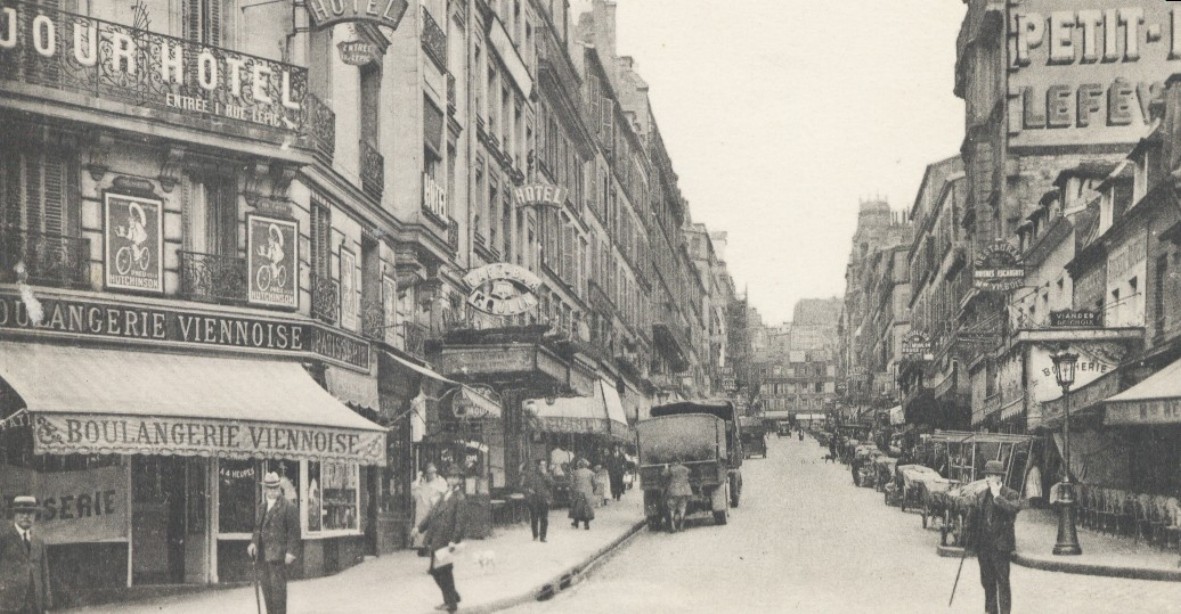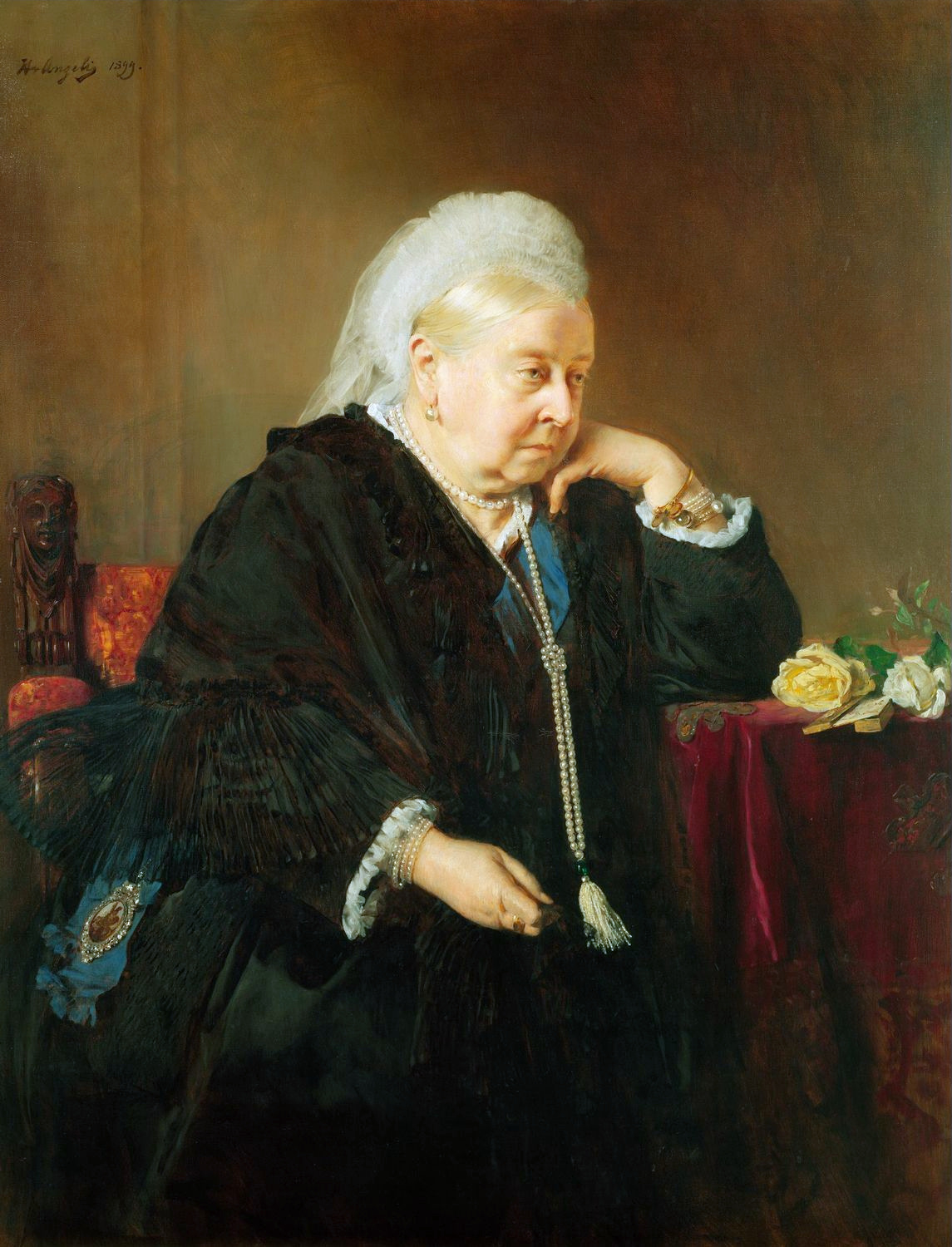|
Bertha Müller
Bertha Mathilde Müller (28 October 1848, Vienna - 26 January 1937, Vienna) was an Austrian portrait painter.Biography of Marie Müller @ the Österreichisches Biographisches Lexikon 1815-1950, Österreichisches Biographisches Lexikon Biography Her father, Leopold Müller (1807–1862), was a surveyor who later became a lithographer. Her mother, Josefa née Bichler, was the daughter of a master furrier. She had nine siblings, four of whom died as children. Her brother, Leopold Carl Müller, Leopold Carl, and sister Marie Müller (artist), Marie also became painters. Her sister, Josefine (1839-1906), married the painter Eduard Swoboda. After her father's death, Leopold took care of his younger siblings, until the family's financial situation improved, around 1870. Fr ...[...More Info...] [...Related Items...] OR: [Wikipedia] [Google] [Baidu] |
Bertha Müller By Leopold Carl Müller Around 1870–1880
Bertha is a female Germanic name, from Old High German ''berhta'' meaning "bright one". It was usually a short form of Anglo Saxon names ''Beorhtgifu'' meaning "bright gift" or ''Beorhtwynn'' meaning "bright joy". The name occurs as a theonym, surviving as Berchta, a figure in Alpine folklore connected to the Wild Hunt, probably an epithet of ''* Frijjō'' in origin. ''Bertha'' appears as a Frankish given name from as early as the 6th century. The monothematic ''Bertha'' as a given name may, however, not originate with the theonym but rather as a short form of dithematic given names including the "bright" element. This is notably the case with the mother of Charlemagne, Bertrada (properly ''berht-rada'' "bright counsel") called "Bertha Broadfoot." Carolingian uses of the name ''Bertha'', as in the case of Bertha, daughter of Charlemagne and Bertha, daughter of Lothair II, are in this tradition. In modern times, the name is associated with an unusually large example of a cla ... [...More Info...] [...Related Items...] OR: [Wikipedia] [Google] [Baidu] |
Stuttgart
Stuttgart (; ; Swabian German, Swabian: ; Alemannic German, Alemannic: ; Italian language, Italian: ; ) is the capital city, capital and List of cities in Baden-Württemberg by population, largest city of the States of Germany, German state of Baden-Württemberg. It is located on the Neckar river in a fertile valley known as the ''Stuttgarter Kessel'' (Stuttgart Cauldron) and lies an hour from the Swabian Jura and the Black Forest. Stuttgart has a population of 632,865 as of 2022, making it the list of cities in Germany by population, sixth largest city in Germany, while over 2.8 million people live in the city's administrative region and nearly 5.5 million people in Stuttgart Metropolitan Region, its metropolitan area, making it the metropolitan regions in Germany, fourth largest metropolitan area in Germany. The city and metropolitan area are consistently ranked among the List of EU metropolitan regions by GDP#2021 ranking of top four German metropolitan regions, top 5 Europea ... [...More Info...] [...Related Items...] OR: [Wikipedia] [Google] [Baidu] |
Sibling Artists
A sibling is a relative that shares at least one parent with the other person. A male sibling is a brother, and a female sibling is a sister. A person with no siblings is an only child. While some circumstances can cause siblings to be raised separately (such as foster care or adoption), most societies have siblings grow up together. This causes the development of strong emotional bonds, with siblinghood considered a unique type of relationship. The emotional bond between siblings is often complicated and is influenced by factors such as parental treatment, birth order, personality, and personal experiences outside the family. Medically, a full-sibling is a first-degree relative and a half-sibling is a second-degree relative as they are related by 50% and 25%, respectively. Definitions The word ''sibling'' was reintroduced in 1903 in an article in ''Biometrika'', as a translation for the German ''Geschwister'', having not been used since Middle English, specifically 1425. ... [...More Info...] [...Related Items...] OR: [Wikipedia] [Google] [Baidu] |
19th-century Austrian Painters
The 19th century began on 1 January 1801 (represented by the Roman numerals MDCCCI), and ended on 31 December 1900 (MCM). It was the 9th century of the 2nd millennium. It was characterized by vast social upheaval. Slavery was Abolitionism, abolished in much of Europe and the Americas. The First Industrial Revolution, though it began in the late 18th century, expanded beyond its British homeland for the first time during the 19th century, particularly remaking the economies and societies of the Low Countries, France, the Rhineland, Northern Italy, and the Northeastern United States. A few decades later, the Second Industrial Revolution led to ever more massive urbanization and much higher levels of productivity, profit, and prosperity, a pattern that continued into the 20th century. The Catholic Church, in response to the growing influence and power of modernism, secularism and materialism, formed the First Vatican Council in the late 19th century to deal with such problems an ... [...More Info...] [...Related Items...] OR: [Wikipedia] [Google] [Baidu] |
Painters From Austria-Hungary
Painting is a Visual arts, visual art, which is characterized by the practice of applying paint, pigment, color or other medium to a solid surface (called "matrix" or "Support (art), support"). The medium is commonly applied to the base with a brush. Other implements, such as palette knives, sponges, airbrushes, the artist's fingers, or even a dripping technique that uses gravity may be used. One who produces paintings is called a painter. In art, the term "painting" describes both the act and the result of the action (the final work is called "a painting"). The support for paintings includes such surfaces as walls, paper, canvas, wood, glass, lacquer, pottery, leaf, copper and concrete, and the painting may incorporate other materials, in single or multiple form, including sand, clay, paper, cardboard, newspaper, plaster, gold leaf, and even entire objects. Painting is an important form of visual arts, visual art, bringing in elements such as drawing, Composition (visual art ... [...More Info...] [...Related Items...] OR: [Wikipedia] [Google] [Baidu] |
1925 Deaths
Events January * January 1 – The Syrian Federation is officially dissolved, the State of Aleppo and the State of Damascus having been replaced by the State of Syria (1925–1930), State of Syria. * January 3 – Benito Mussolini makes a pivotal speech in the Italian Chamber of Deputies (Italy), Chamber of Deputies which will be regarded by historians as the beginning of his dictatorship. * January 5 – Nellie Tayloe Ross becomes the first female governor (Wyoming) in the United States. Twelve days later, Ma Ferguson becomes first female governor of Texas. * January 25 – Hjalmar Branting resigns as Prime Minister of Sweden because of ill health, and is replaced by the minister of trade, Rickard Sandler. * January 27–February 1 – The 1925 serum run to Nome (the "Great Race of Mercy") relays diphtheria antitoxin by dog sled across the U.S. Territory of Alaska to combat an epidemic. February * February 25 – Art Gillham records (for Columbia Re ... [...More Info...] [...Related Items...] OR: [Wikipedia] [Google] [Baidu] |
1848 Births
1848 is historically famous for the wave of revolutions, a series of widespread struggles for more liberal governments, which broke out from Brazil to Hungary; although most failed in their immediate aims, they significantly altered the political and philosophical landscape and had major ramifications throughout the rest of the century. Ereignisblatt aus den revolutionären Märztagen 18.-19. März 1848 mit einer Barrikadenszene aus der Breiten Strasse, Berlin 01.jpg, Cheering revolutionaries in Berlin, on March 19, 1848, with the new flag of Germany Lar9 philippo 001z.jpg, French Revolution of 1848: Republican riots force King Louis-Philippe to abdicate Zeitgenössige Lithografie der Nationalversammlung in der Paulskirche.jpg, German National Assembly's meeting in St. Paul's Church Pákozdi csata.jpg, Battle of Pákozd in the Hungarian Revolution of 1848 Events January–March * January 3 – Joseph Jenkins Roberts is sworn in as the first president of the inde ... [...More Info...] [...Related Items...] OR: [Wikipedia] [Google] [Baidu] |
National Portrait Gallery, London
The National Portrait Gallery (NPG) is an art gallery in London that houses a collection of portraits of historically important and famous British people. When it opened in 1856, it was arguably the first national public gallery in the world that was dedicated to portraits. The gallery moved in 1896 to its current site at St Martin's Place, off Trafalgar Square, and adjoining the National Gallery. The National Portrait Gallery also has regional outposts at Beningbrough Hall in Yorkshire and Montacute House in Somerset. It is unconnected to the Scottish National Portrait Gallery in Edinburgh, with which its remit overlaps. The gallery is a non-departmental public body sponsored by the Department for Culture, Media and Sport. Collection The gallery houses portraits of historically important and famous British people, selected on the basis of the significance of the sitter, not that of the artist. The collection includes photographs and caricatures as well as paintings, drawings ... [...More Info...] [...Related Items...] OR: [Wikipedia] [Google] [Baidu] |
Heinrich Von Angeli
Heinrich Anton von Angeli (8 July 1840 – 21 October 1925) was an Austrian historian and portrait painter. Life The Angeli family was originally from Venice and was ennobled by the Holy Roman Emperor Maximilian II in 1565.Braun-Ronsdorf (1953), p. 288 Angeli was born in 1840 in Ödenburg, then part of the Austrian empire, now known as Sopron in Hungary. He studied at the Academy of Fine Arts Vienna, the Kunstakademie Düsseldorf, and in Munich, before moving back to Vienna in 1862. From 1870 he travelled between Berlin, London, and Vienna, producing portraits. The success of Angeli at painting society portraits was partly due to his skill in depicting uniforms, pearls, and other jewels. Unlike painters such as Franz Xaver Winterhalter, Angeli worked in a naturalistic style and preferred to portray his sitters as they were. His 1875 portrait of Queen Victoria earned him praise from the monarch for its honesty. As well as royal figures and politicians, he painted other notabl ... [...More Info...] [...Related Items...] OR: [Wikipedia] [Google] [Baidu] |
Queen Victoria
Victoria (Alexandrina Victoria; 24 May 1819 – 22 January 1901) was Queen of the United Kingdom of Great Britain and Ireland from 20 June 1837 until Death and state funeral of Queen Victoria, her death in January 1901. Her reign of 63 years and 216 days, which was List of monarchs in Britain by length of reign, longer than those of any of her predecessors, constituted the Victorian era. It was a period of industrial, political, scientific, and military change within the United Kingdom of Great Britain and Ireland, United Kingdom, and was marked by a great expansion of the British Empire. In 1876, the British parliament voted to grant her the additional title of Empress of India. Victoria was the daughter of Prince Edward, Duke of Kent and Strathearn (the fourth son of King George III), and Princess Victoria of Saxe-Coburg-Saalfeld. After the deaths of her father and grandfather in 1820, she was Kensington System, raised under close supervision by her mother and her Comptrol ... [...More Info...] [...Related Items...] OR: [Wikipedia] [Google] [Baidu] |







